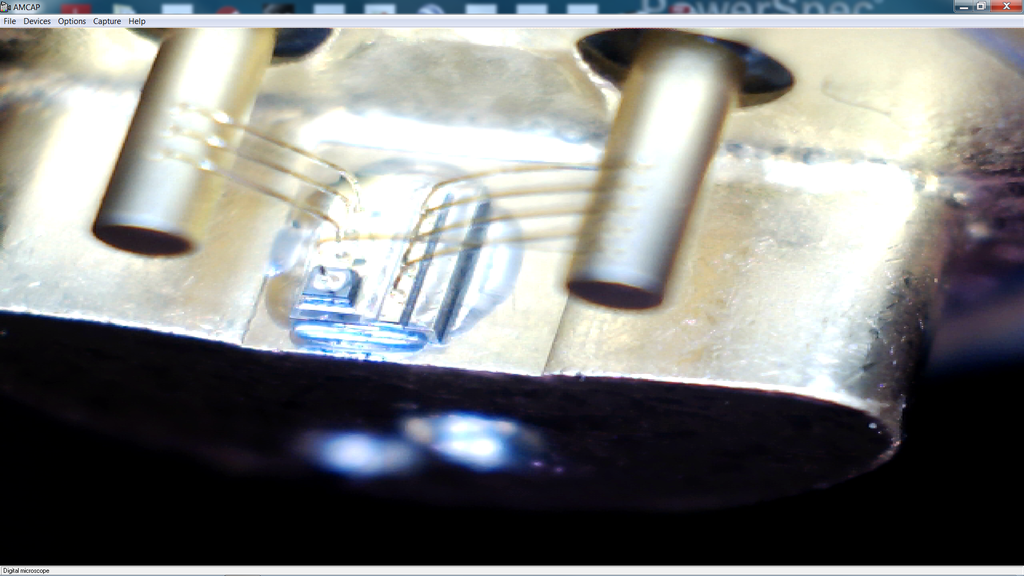- Joined
- Sep 20, 2013
- Messages
- 20,212
- Points
- 113
RedCowboy, that is right. It is because the multimode is in the slow axis that this is what you are trying to correct for. If it were a single mode diode, there would be no need to go to these lengths to correct the beam geometry. Even though the fast axis is expanding faster than the slow one, it isn't as big a problem with, say a, 405nm diode.






